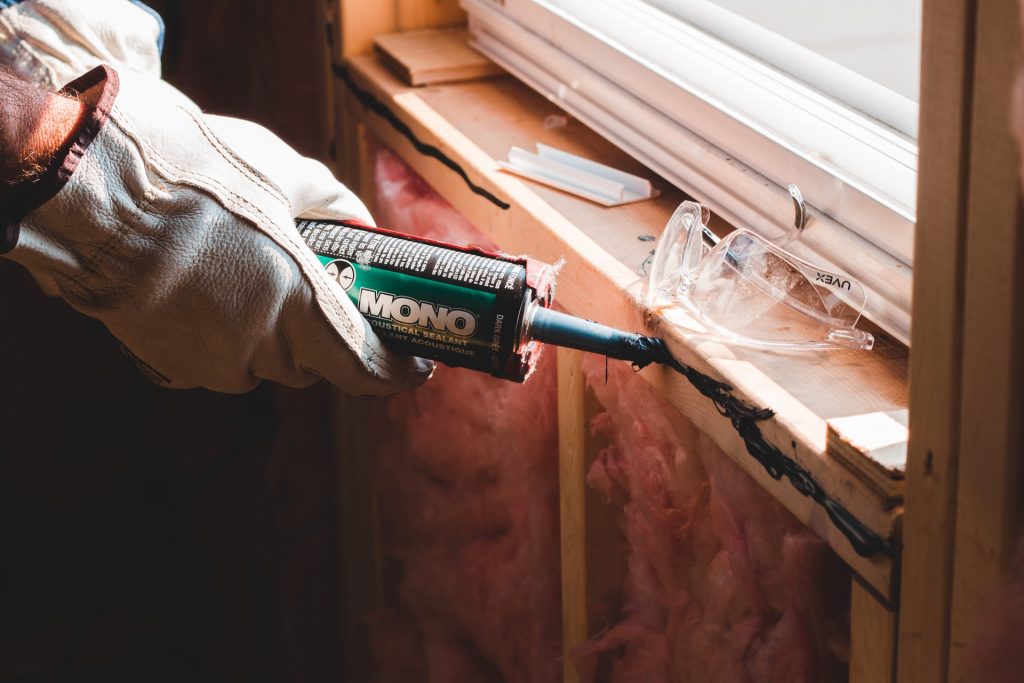Did you know that the type of timber you use for your home improvement projects can make a big difference in how your finished product looks and performs? This post talks about the different types of timber available, so you can make the best decision for your needs.
If you’re like most homeowners, you probably take great pride in your home and are always looking for ways to improve it. Whether it’s a new coat of paint or a major renovation project, choosing the right materials is critical to achieving the look and feel you want. When it comes to home improvement projects, timber is usually involved.
Not only does timber make your finished product look fantastic, but it’s also available in dozens of different types and has various other properties that make it useful for different purposes. A lot of people think they can simply get any type of timber. However, timber for different purposes can be completely different depending on where it’s sourced and what type you’re looking at.
The Type Of Timber Affects The Look Of Your Home
The type of wood you use for your home improvement projects will affect the final look and feel of your home. For example, timber sourced from a rainforest isn’t as strong as timber from a plantation. Also, the timber you use for your home improvement projects will affect how durable your finished product is and how long it lasts outside. If you want timber that looks good but doesn’t require much upkeep, look for timber that’s UV-resistant or at least highly stain-resistant. Fret not, however, as it is now easy to find a reputable supplier offering wood fence panels for sale. All it takes is a quick search on your preferred search engine.
Oak Is Popular
Oak is a popular choice because it is both beautiful and durable. Oak timber can come from many sources, including the UK, New Zealand and Argentina. Oak timber has a tendency to bend because it’s flexible, making it unsuitable for all applications. However, it is great for furniture projects that require curves or shapes other timber would not be able to achieve.
Other Popular Options
Pine, cedar, and redwood are also common options that offer different benefits. Pine timber is a popular choice because it’s readily available and inexpensive. However, pine timber doesn’t last as long outside as other types of timber and must be treated often to keep moisture from damaging the timber. Cedar timber is a good choice that’s similar to pine but is naturally rot-resistant. Redwood timber has a reddish colour that lends itself to a rustic look and is strong enough for many outdoor applications.
Decide The Colour/Finish
Consider what colour or finish you want before choosing which type of timber to use for your home improvement projects. For example, timber that is naturally dark requires less staining and looks great without additional treatment. On the other hand, you may want timber that’s naturally light, but requires sanding and staining to bring out the natural beauty of the timber.
Make Sure The Wood Is Treated Properly

Keep in mind that some woods can be difficult to work with if they’re not pre-treated or sealed properly, especially for outdoor purposes. For example, timber that isn’t treated properly before construction can warp or twist as it dries. This is especially common with timber sourced from the rainforest. If you’re having timber shipped over long distances before your home improvement projects, make sure to seal it well and store it in a climate-controlled environment until you need to use it. Those looking for quality timber in England often head out to a fencing supplies depot.
Go For Pieces Without Cracks
A good rule of thumb when choosing lumber is to select pieces without any large knots or cracks. You should also avoid timber that has any signs of rot or insect damage
Before you buy timber, be sure to ask your supplier what they recommend for your home improvement project’s specific application. They may even be able to offer suggestions for timber based on the design you have in mind.
